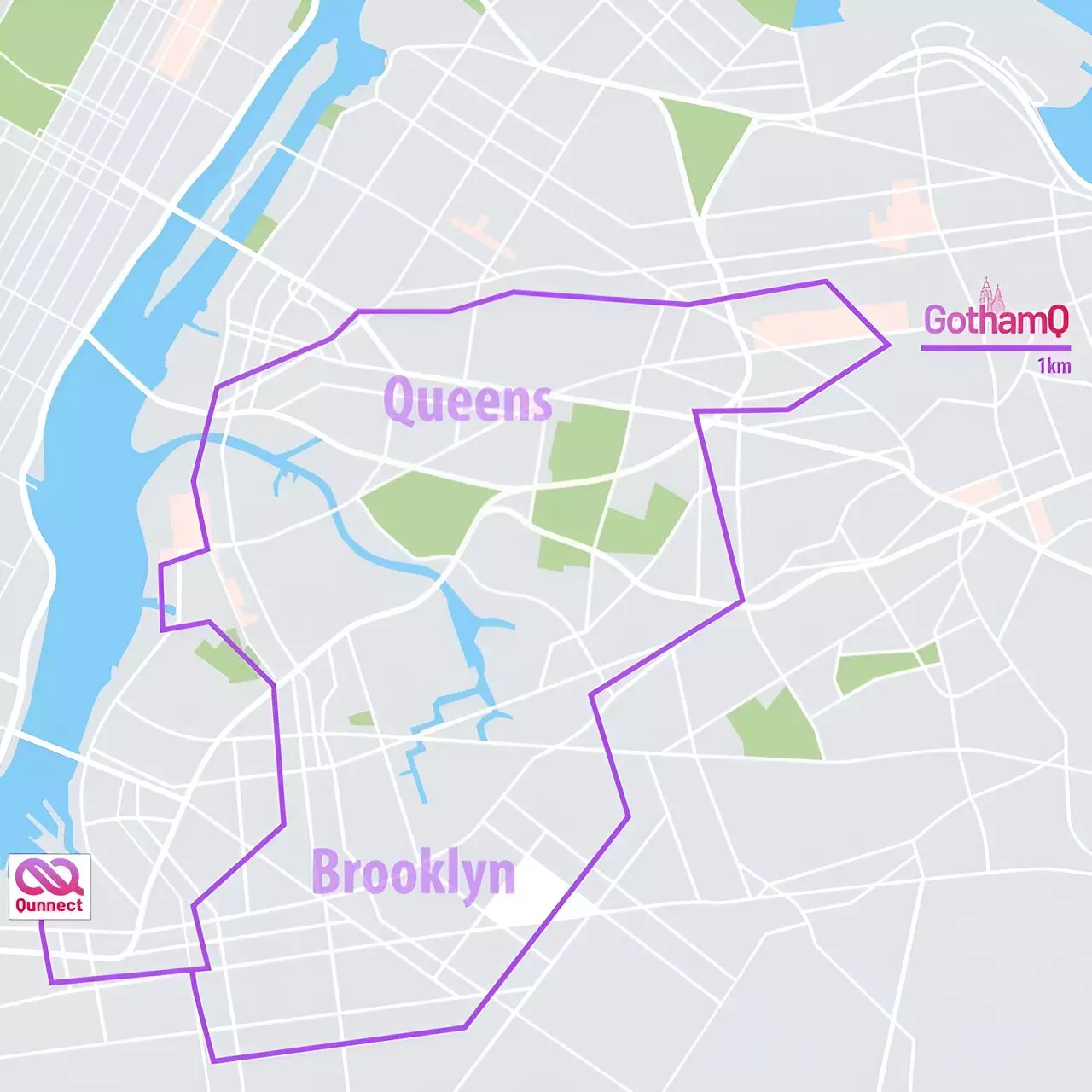The introduction of quantum networks into the marketplace has always been hindered by the fragility of entangled states in fiber cables and ensuring efficient signal delivery. In a recent groundbreaking development, scientists at Qunnect Inc. in Brooklyn, New York, have made significant strides by successfully operating a quantum network beneath the bustling streets of New York City. This achievement marks a major advancement in the field of quantum communication and networking.
Overcoming Challenges
The primary obstacle faced by engineers in implementing quantum networks has been the preservation of entangled states within the fiber environment. While previous attempts at transmitting entangled photons have been made, the presence of noise and polarization drift in the fiber medium has always posed a significant challenge. Qunnect’s team, led by Mehdi Namazi, the co-founder and chief science officer, has successfully tackled this issue through a combination of innovative network design, methods, and results.
Prototype Network
For their groundbreaking prototype network, the researchers at Qunnect utilized a 34-kilometer-long fiber circuit known as the GothamQ loop. Operating with polarization-entangled photons, the team demonstrated the network’s capability by maintaining continuous operation for an impressive 15 days. The network achieved an uptime of 99.84% and a compensation fidelity of 99% for entangled photon pairs transmitted at a rate of approximately 20,000 per second. Even at a rate of half a million entangled photon pairs per second, the fidelity remained nearly 90%.
Polarization plays a crucial role in the transmission of quantum information. The polarization of a photon refers to the direction of its electric field, a concept that is fundamental to the wave nature of light. Polarized photons are particularly useful due to their simplicity in creation, manipulation, and measurement. In the case of polarization-entangled photons, they have been instrumental in the development of large-scale quantum repeaters and distributed quantum computing networks.
Quantum entanglement, a phenomenon recognized by the 2022 Nobel Prize in Physics, lies at the heart of quantum communication. It involves particles within a quantum state being interconnected, even over significant distances. In the design implemented by Qunnect, photons of different wavelengths were entangled to enable efficient communication within the network. The utilization of polarization-entangled photon pairs represents a significant step forward in the field of quantum networking.
One of the key challenges faced by quantum networks is the susceptibility of entangled photon pairs to disturbances such as vibrations, bending, and fluctuations in temperature and pressure within the fiber cable. To address this issue, the Qunnect team developed automated polarization compensation (APC) devices. These devices electronically compensate for any polarization drift or modifications by utilizing classical photon pairs for measurement and correction.
Qunnect’s successful demonstration of the GothamQ loop quantum network represents a substantial advancement towards the realization of practical entanglement networks required for a quantum internet. With a focus on automation and reliability, the team has laid the groundwork for the future of quantum communication. As the field of quantum networking continues to evolve, Qunnect’s innovative approach paves the way for a new era of secure and efficient quantum communication systems.


Leave a Reply